|
Having started by doing illustrations for books, such as "Hidden Places" Les was spending up to twenty five hours working on a single painting. Pricing an artwork to sell, after spending so long on it, made it difficult to price. Then he discovered pastels, where a painting could be produced quite quickly and a whole new world opened up to him. Talking about the wide range of pastels available, all with different hardness, he moved on to talking about 'Pan Pastels', a high quality medium that he uses. These can be mixed like paint and can create a watercolour like effect. You are also able to draw over them with a variety of pens and markers, as well as erasing highlights. He then demonstrated colour mixing and then adding marks on top of these areas. Les, then started his first demonstration, using a photograph as a resource. First, he prepared a light background using soft Yellows. Working light to dark, he next added Magenta and Pinks, as well as Ultramarine, to portray clouds. At the bottom of the sheet he had masked off an area to try out his colour mixes. The pastel was applied with a specialist sponge and then detail was added to the picture, using a marker and ink pen. His next demonstration showed us how easy it is to do a sky. Again, he started with the lighter colours before using a rubber to take out highlights. A masking tape was added to give a line for the sea. After this is removed, he added a distant rock formation with a building on it, also adding reflections in the sea. Darks were then added and we were shown how the edge of the sponge could be used to add details. Again marker pens were used to add further details and finally a hard pastel was used to give texture to the sand at the front. For the last demonstration Les decided to do a dramatic sky from his imagination. Following his usual process, lights were added first before the darks. Marker pens etc were used to add detail. A fascinating and informative demonstrations and it's not often you get three completed pieces of work in one session. Les Darlow says that he likes to create energy and movement in his work to stop it becoming static, and he certainly showed us how this can be achieved. We look forward to his next demonstration at the club.
0 Comments
Leave a Reply. |
Categories |


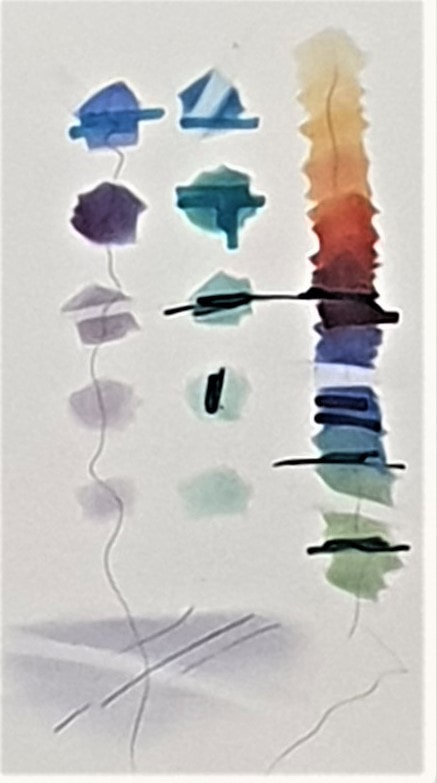



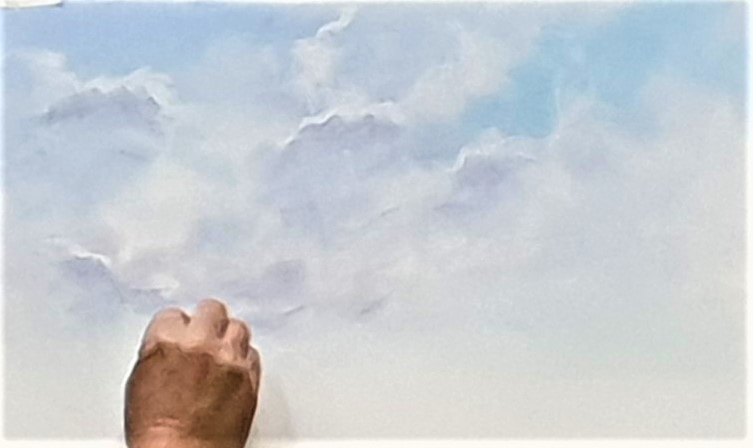
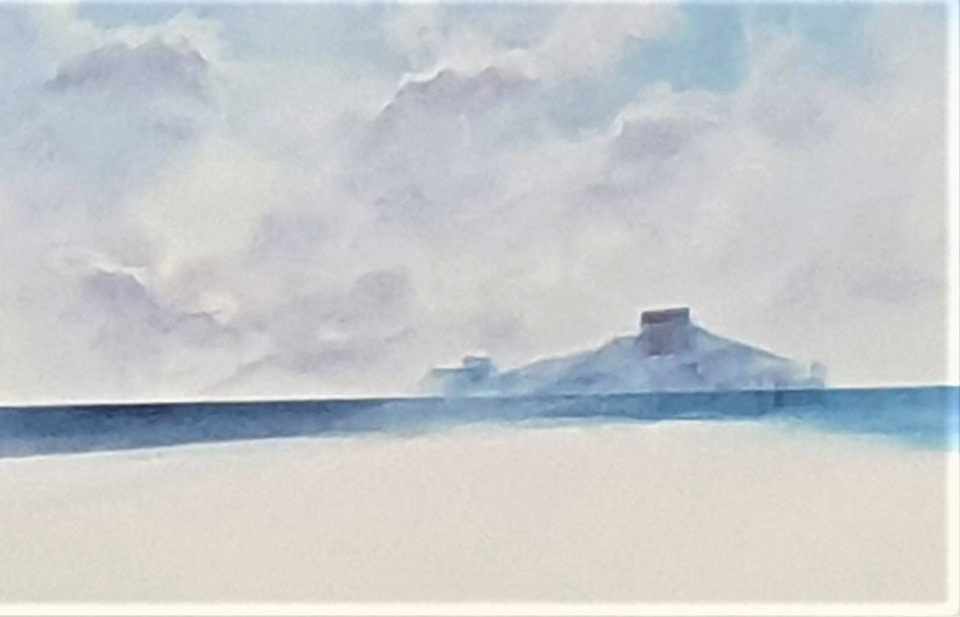
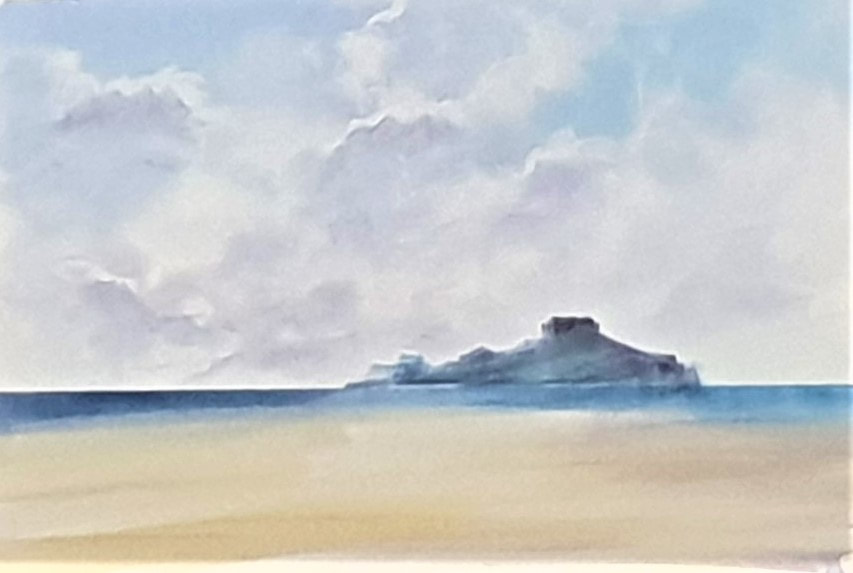
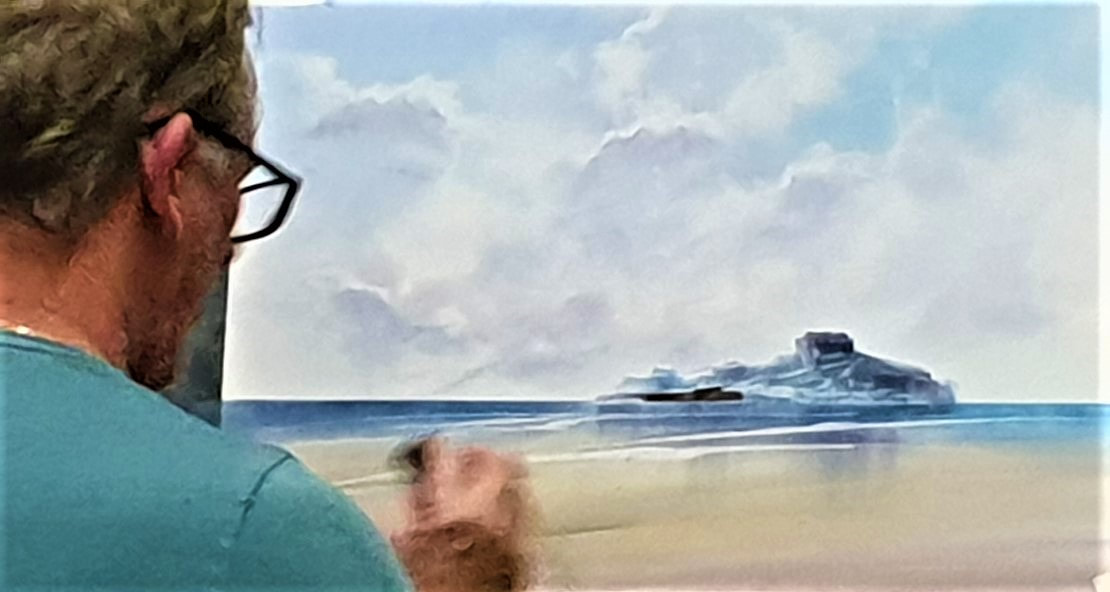
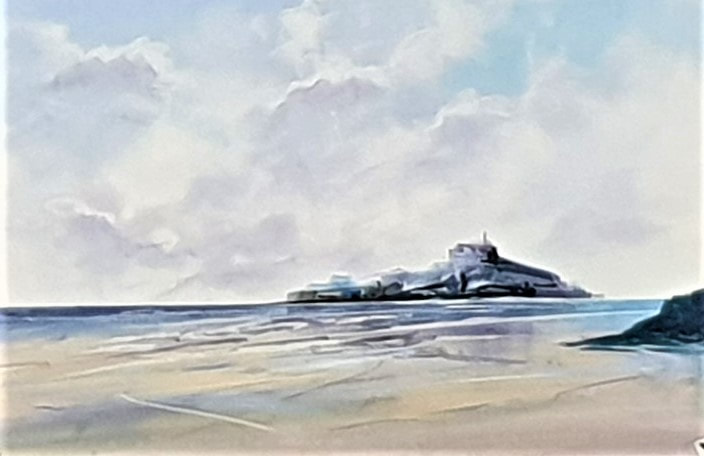

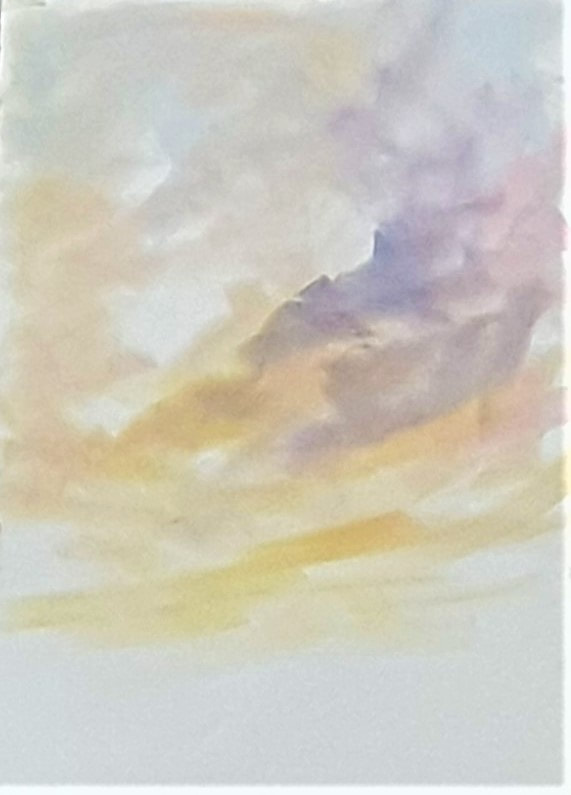
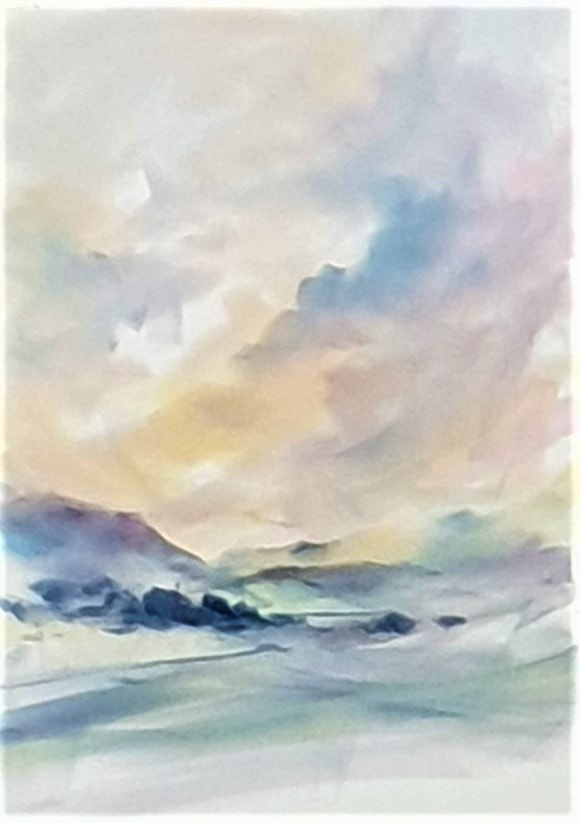
 RSS Feed
RSS Feed